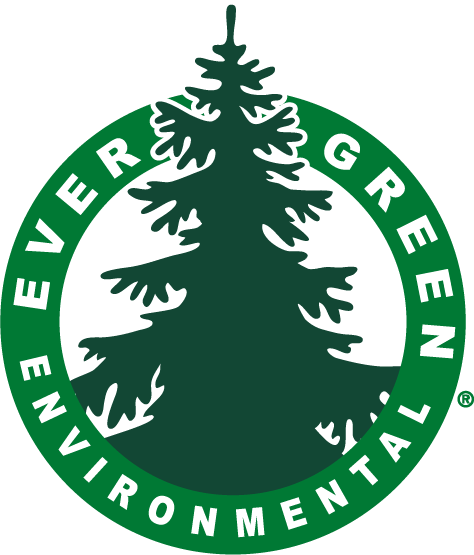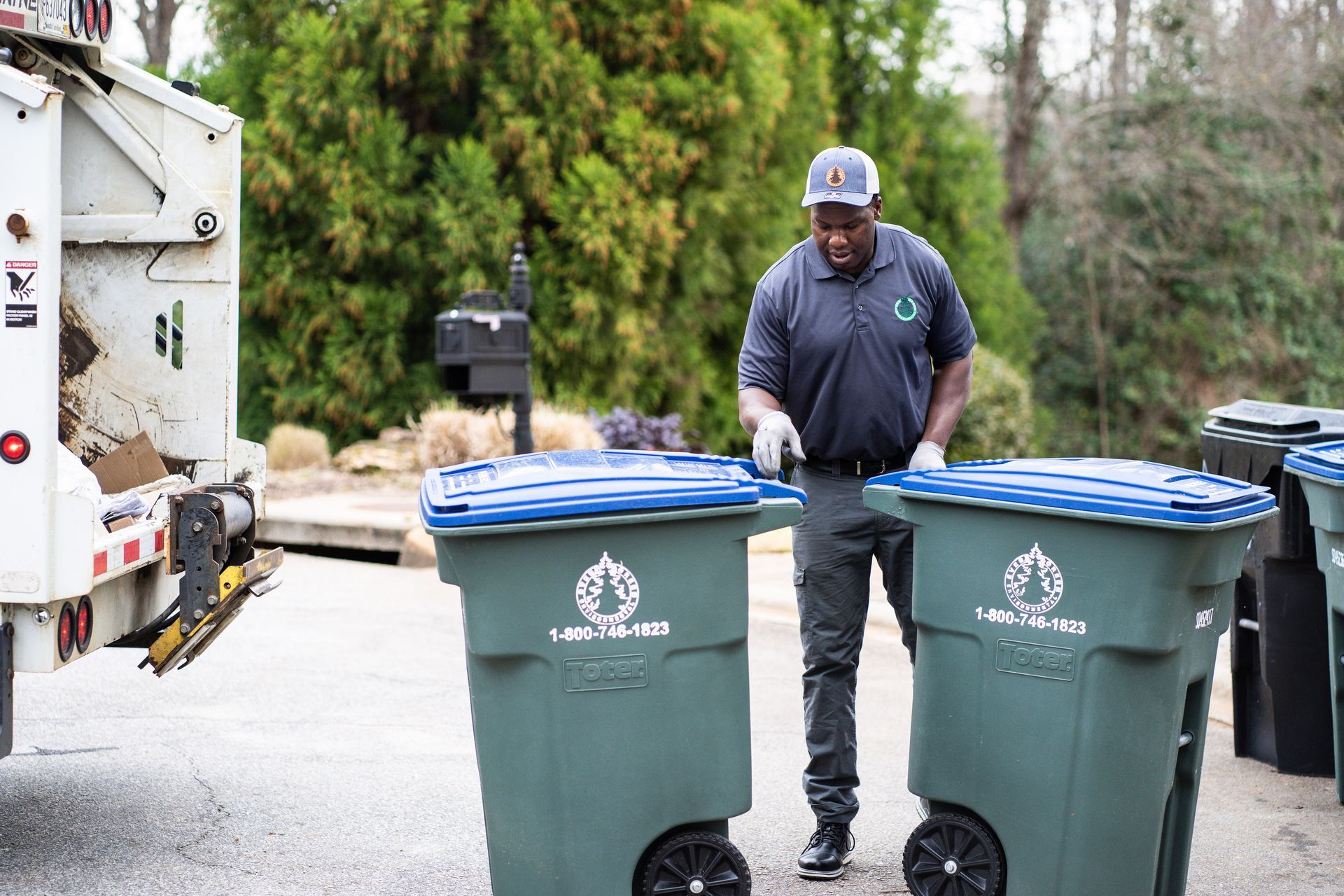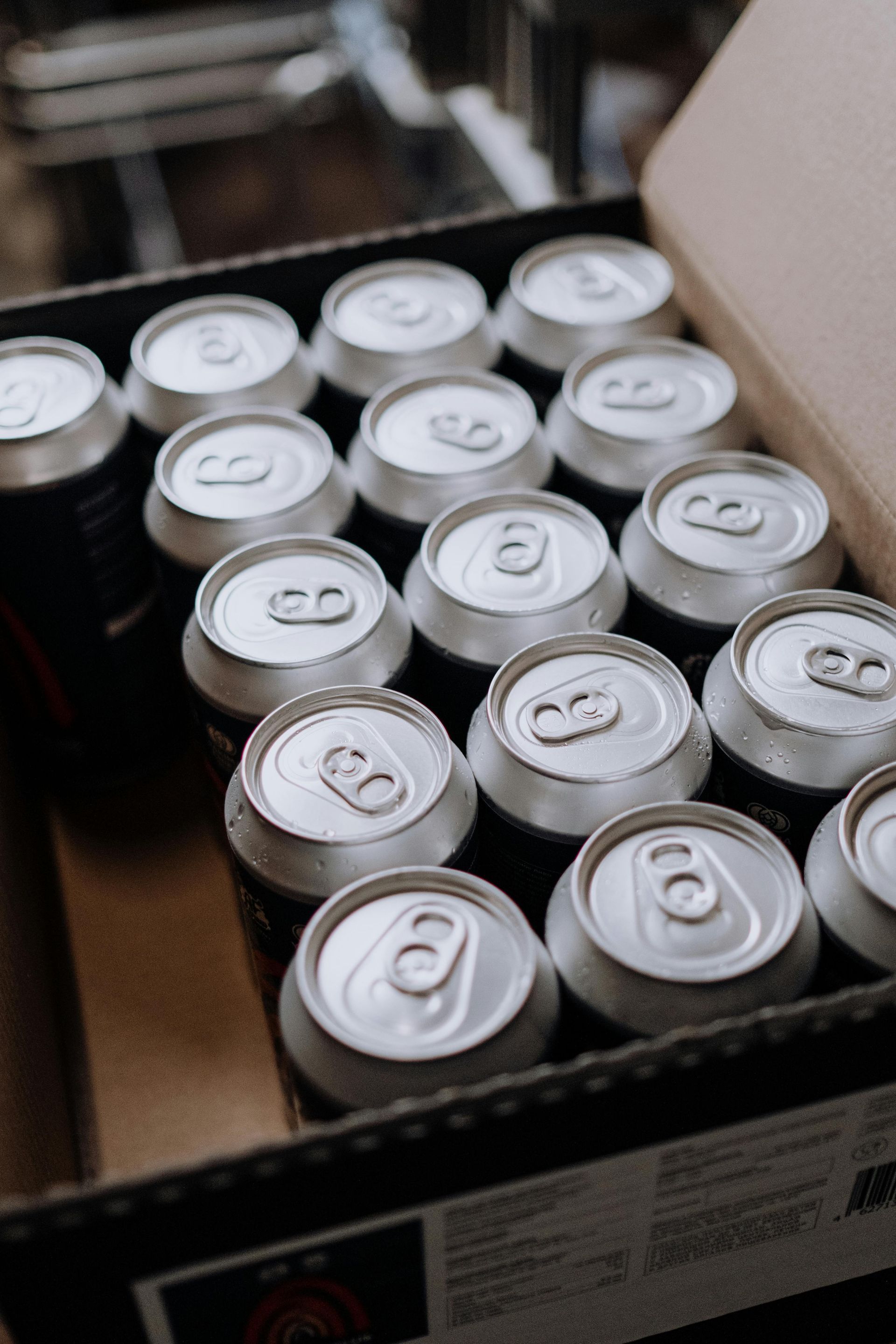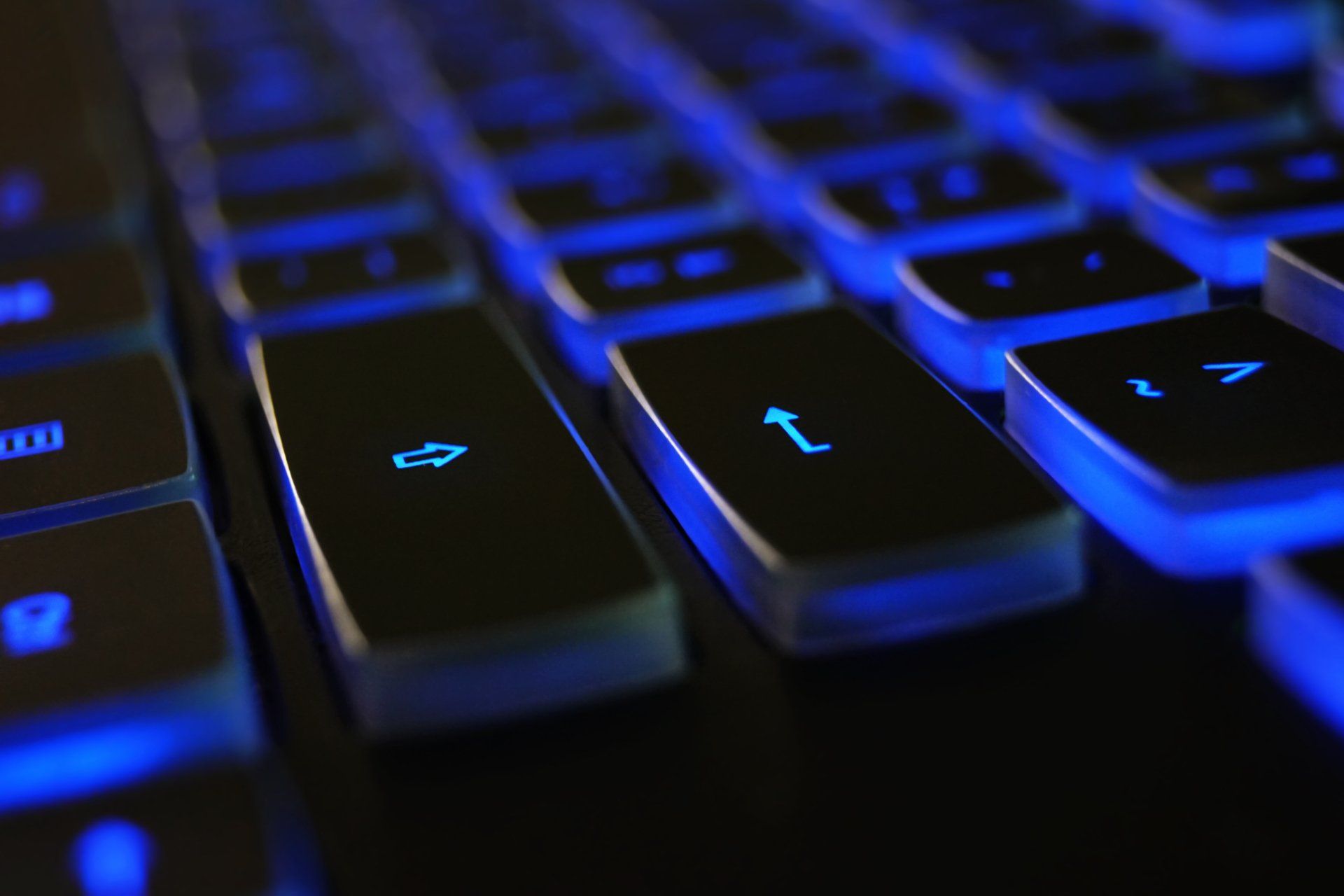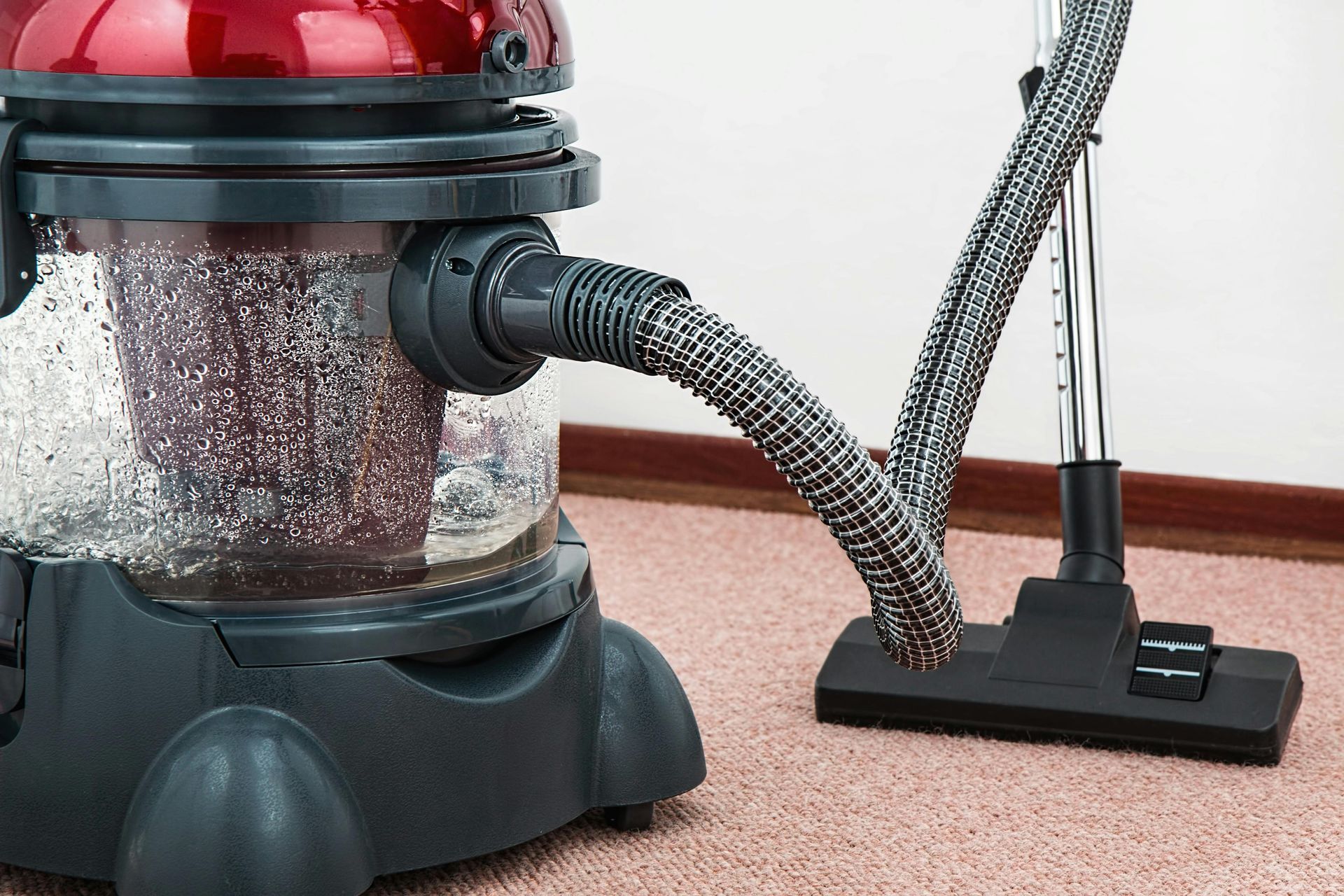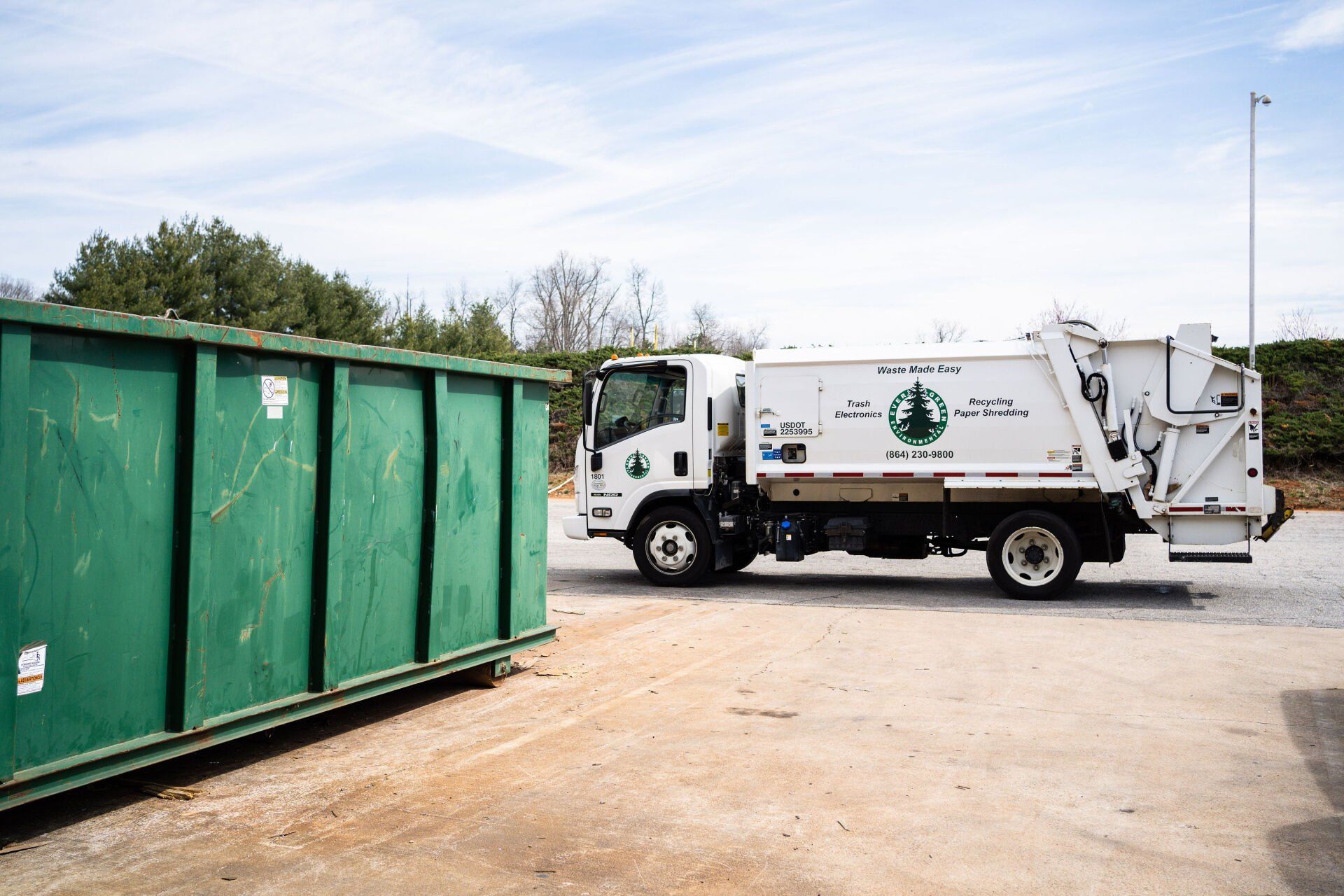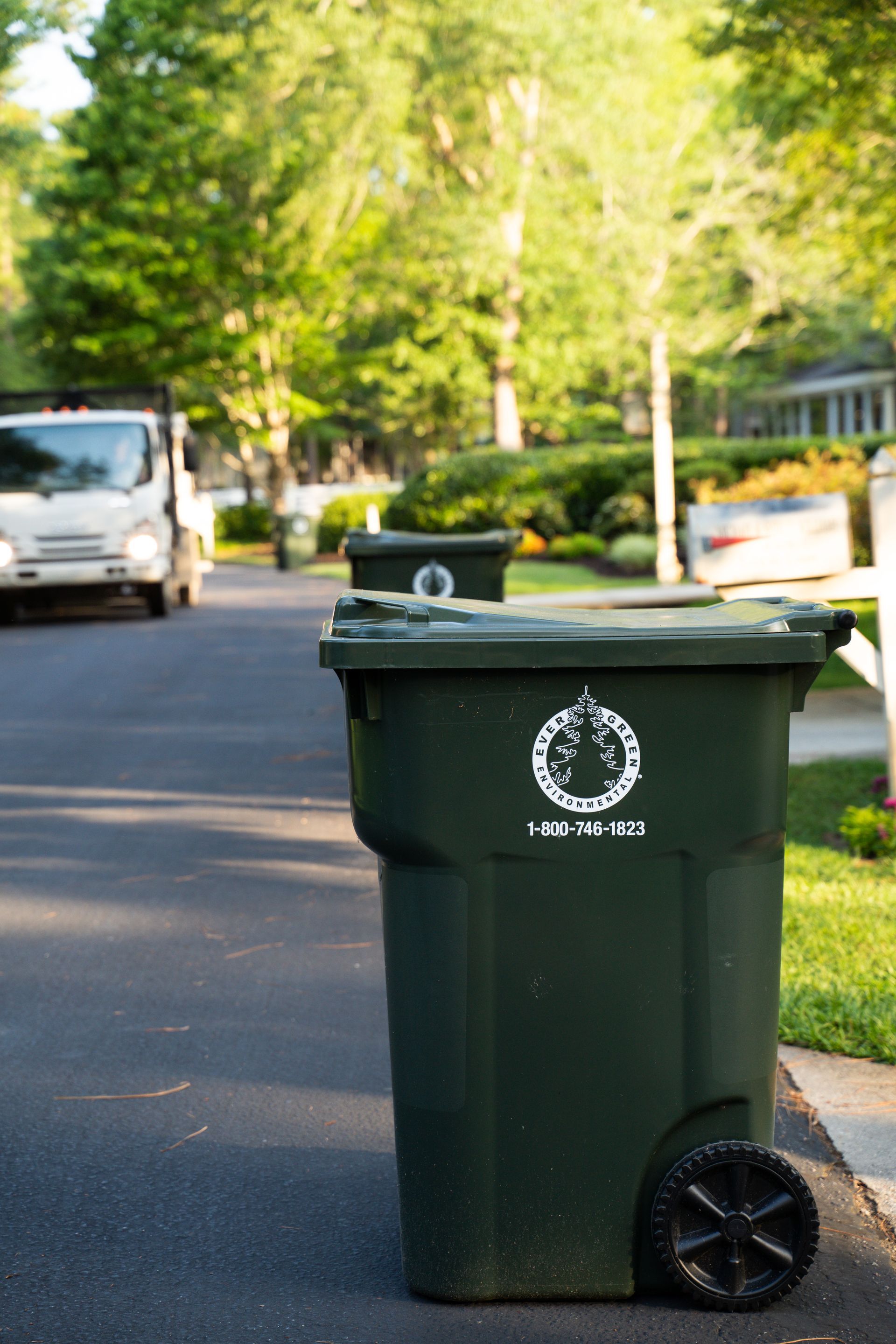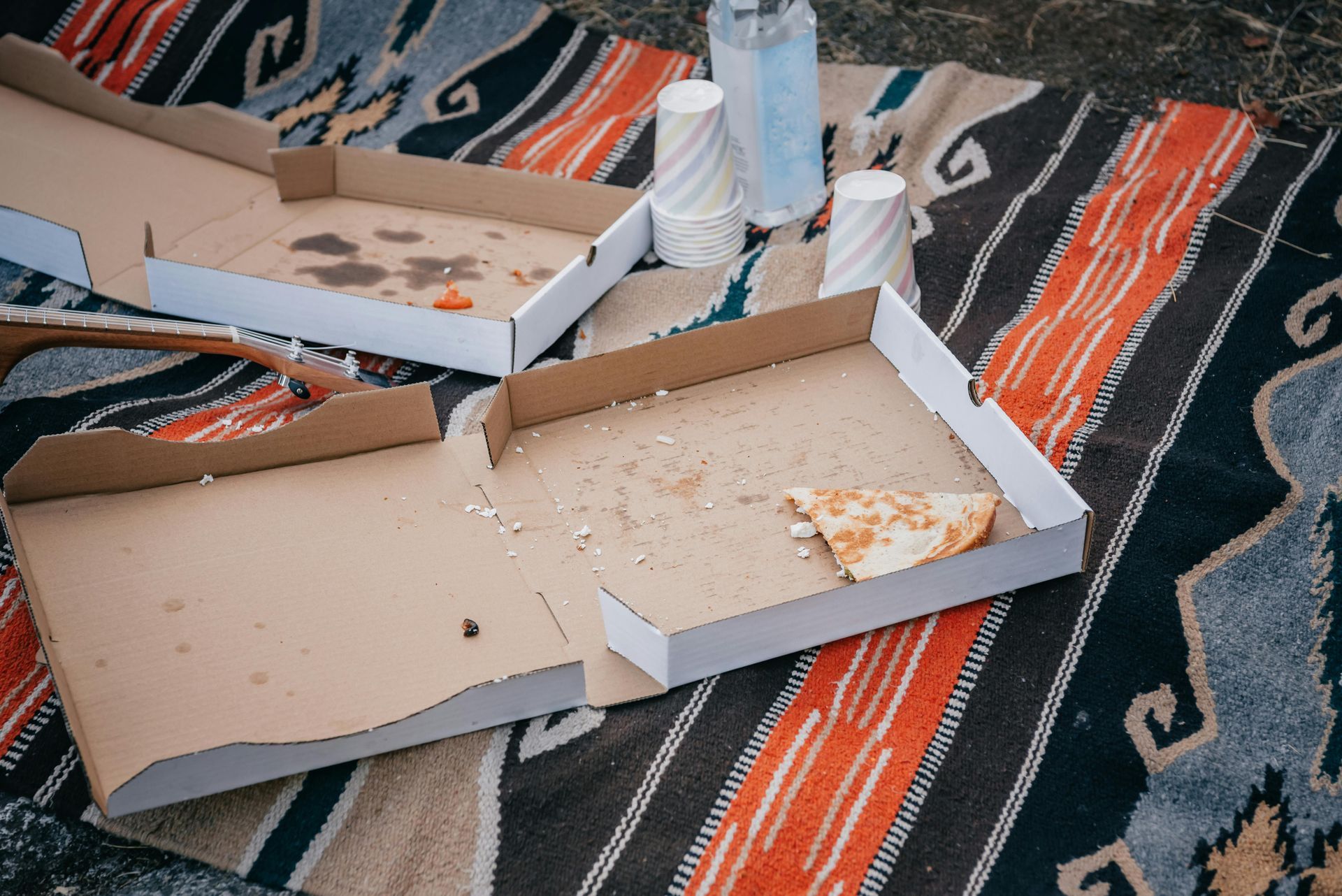The Kinds of Cardboard that Cannot be Recycled
What Types of Cardboard Cannot Be Recycled?
Cardboard is one of the most commonly recycled materials and for good reason. It’s sturdy, versatile, and can be broken down into new products multiple times, reducing waste in landfills. But did you know that not all cardboard can be recycled? While most clean, dry cardboard is recyclable, certain types are too contaminated or altered to be reused. At
Ever Green Environmental, we want to help residents and businesses in Greenville, Five Forks, and Simpsonville understand the do’s and don’ts of
cardboard recycling.
What Happens During the Cardboard Recycling Process
When cardboard is recycled, it’s mixed with water and turned into a pulp. This pulp is then filtered, cleaned, and pressed into new sheets of paper or cardboard products. The key to success is starting with clean material. If cardboard is heavily stained, coated, or contaminated, it can ruin the pulp and lower the quality of the recycled product, sometimes even causing an entire batch to be discarded. For this reason, there are certain types of cardboard that actually shouldn’t be recycled.
Types of Cardboard That Cannot Be Recycled
Not all cardboard can be recycled, and knowing which types to avoid helps keep the recycling stream clean. Food-stained cardboard is one of the biggest issues. Pizza boxes are a common example. While the clean lid may be recyclable, the greasy bottom is not, since oils and food residue seep into the fibers and prevent the cardboard from breaking down properly. Waxed or coated cardboard is another challenge. Boxes treated with wax, plastic coatings, or laminates, such as frozen food packaging or beverage containers, cannot be recycled with standard cardboard because the coatings don’t dissolve during the pulping process and can contaminate the batch.
Similarly, colored or dyed cardboard can create problems. Brightly dyed or heavily colored cardboard may bleed during processing, leading to discoloration in new products. While some facilities can handle certain dyes, many cannot, so it’s best to confirm before recycling. Finally, wet or moldy cardboard is always unusable. Moisture weakens the fibers, and mold makes the material unsuitable for reuse. To keep your cardboard recyclable, always store it clean, dry, and ready for pickup or drop-off.
How to Recycle Cardboard the Right Way
To recycle cardboard the right way, start by breaking down boxes to save space and make them easier to handle. Be sure to remove any non-cardboard materials such as plastic, tape, or packing inserts, since these can interfere with the recycling process. It’s equally important to keep your cardboard clean and dry, as food residue or moisture can make it unusable. And when in doubt, simply tear off and recycle the clean portions while discarding any soiled or contaminated sections. Following these simple steps ensures your cardboard can be successfully processed and reused.
Choose Ever Green Environmental for Recycling in the Upstate
At Ever Green Environmental, we make recycling simple and effective for homes and businesses across Greenville, Five Forks, and Simpsonville. By following a few simple guidelines, you can help ensure your cardboard actually gets recycled and reused rather than ending up in the landfill.
If you’re ready to recycle responsibly, contact Ever Green Environmental today to learn more about our recycling services and how we can help your household or business reduce waste the right way. Together, we can keep Upstate South Carolina cleaner and greener.
